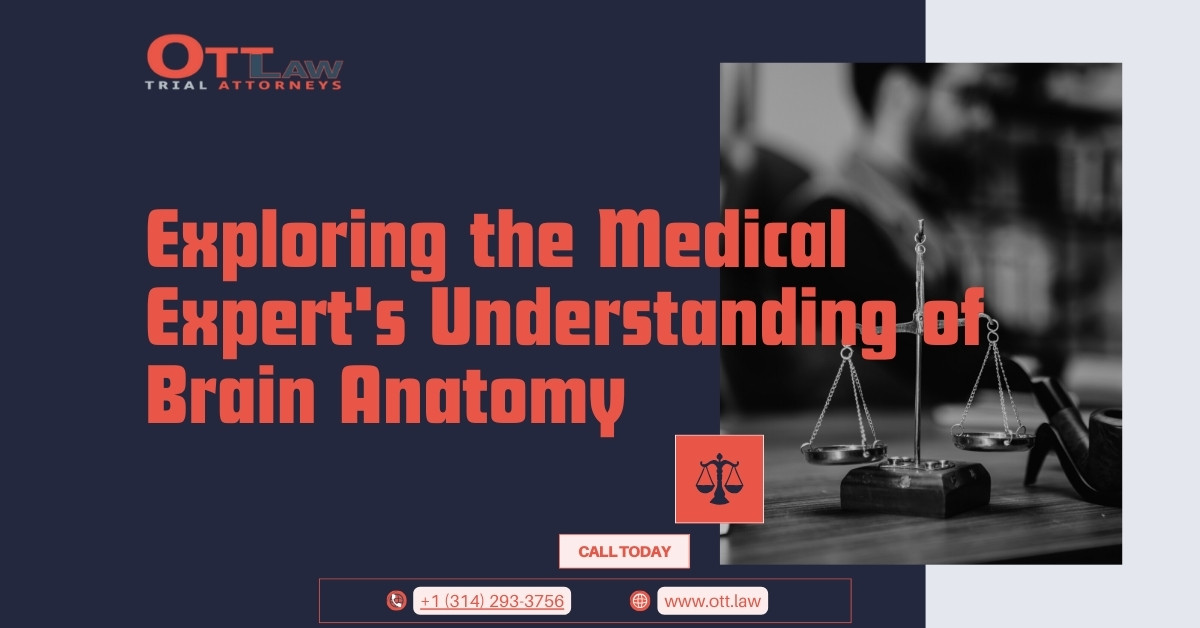In personal injury litigation concerning traumatic brain injuries (TBI), a thorough grasp of brain anatomy is crucial for any medical expert testifying on the matter. Legal professionals must be equipped to probe the depth of a defense medical examiner’s (DME) expertise in brain anatomy, especially when the outcome hinges on technical medical nuances.
Setting the Stage:
Before delving deep into the specifics, consider employing these strategies:
- General Anatomy Questions: Establish the DME’s basic knowledge of brain anatomy. This can be achieved by asking them to identify and describe the function of key brain components using a labeled diagram.
- Utilize Technology: Technologies, such as the 3D Brain iPhone application, can be a valuable tool. This app, available on the App Store, identifies each function of the brain in 3D, allowing for an interactive learning and questioning experience. Experts who are keen on teaching might find such tools especially useful in elucidating complex concepts.
Probing Deeper:
Having set the stage, proceed to dig deeper into the expert’s technical knowledge:
- MRI Imaging: Ask about the number of brain cells that need to be damaged before they’re visible on an MRI. Further, query whether the white matter of the brain appears as hypo- or hyper-intensities on MRI scans.
- Metabolic Dysfunction: Discuss the metabolic dysfunction that neurons undergo following acceleration/deceleration injuries. Establish the distinction between hyper- and hypo-metabolism post TBI.
- Neuroanatomy and Function: Challenge the expert’s knowledge on neuroanatomy by using visual aids and expecting detailed explanations. For instance, seek insights into the Circle of Willis and its function.
- Cellular-Level Impacts: Pose questions about how TBI affects sensations like pain on a cellular level, or the changes in acetylcholine levels post-TBI.
- Genetic Components: Inquire about the significance of the APOE allele in the context of brain injuries.
- Secondary Damage: Extract explanations on potential inflammatory processes that could lead to secondary tissue damage post-TBI.
Conclusion:
Evaluating a medical expert’s understanding of brain anatomy is paramount in TBI cases. By effectively probing their expertise, legal professionals can either bolster the credibility of their own expert or highlight the inadequacies of the opposing party’s expert, ensuring a fair trial grounded in sound medical knowledge.
Note: The references provided, such as those to the 3D Brain iPhone application and specific neurological concepts, are drawn from the user’s content. It is crucial for legal professionals to verify the accuracy and relevancy of these references before relying on them in a legal setting.














